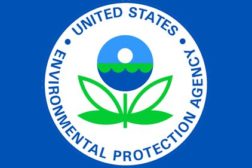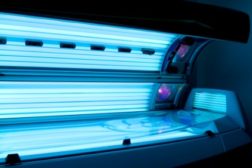Government Safety Regulations
Should airline passengers get to use cell phones in flight?
DOT wants your opinion
February 18, 2014
Does your teen tan?
State restrictions succeed in reducing indoor tanning among teen girls
February 18, 2014
Roofers say proposed silica rule could make their jobs more dangerous
No room for fall protection equipment?
February 12, 2014
Never miss the latest news and trends driving the safety industry
eNewsletter | Website | eMagazine
JOIN TODAYCopyright ©2024. All Rights Reserved BNP Media.
Design, CMS, Hosting & Web Development :: ePublishing




